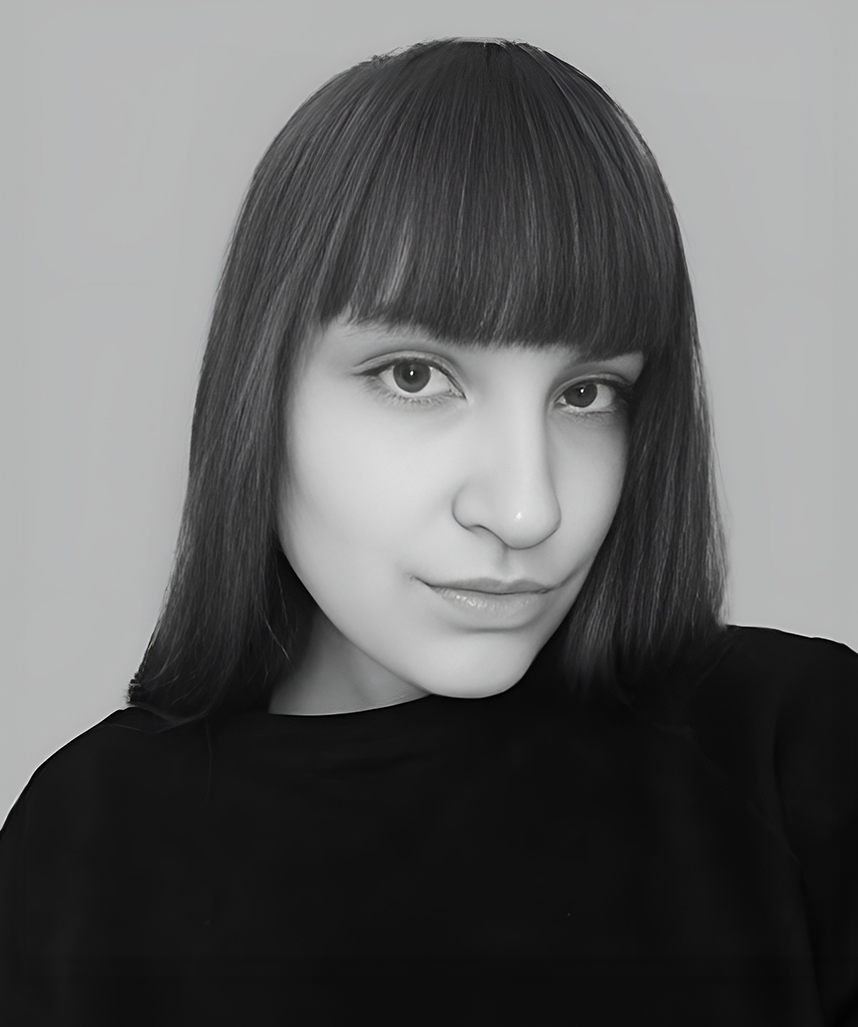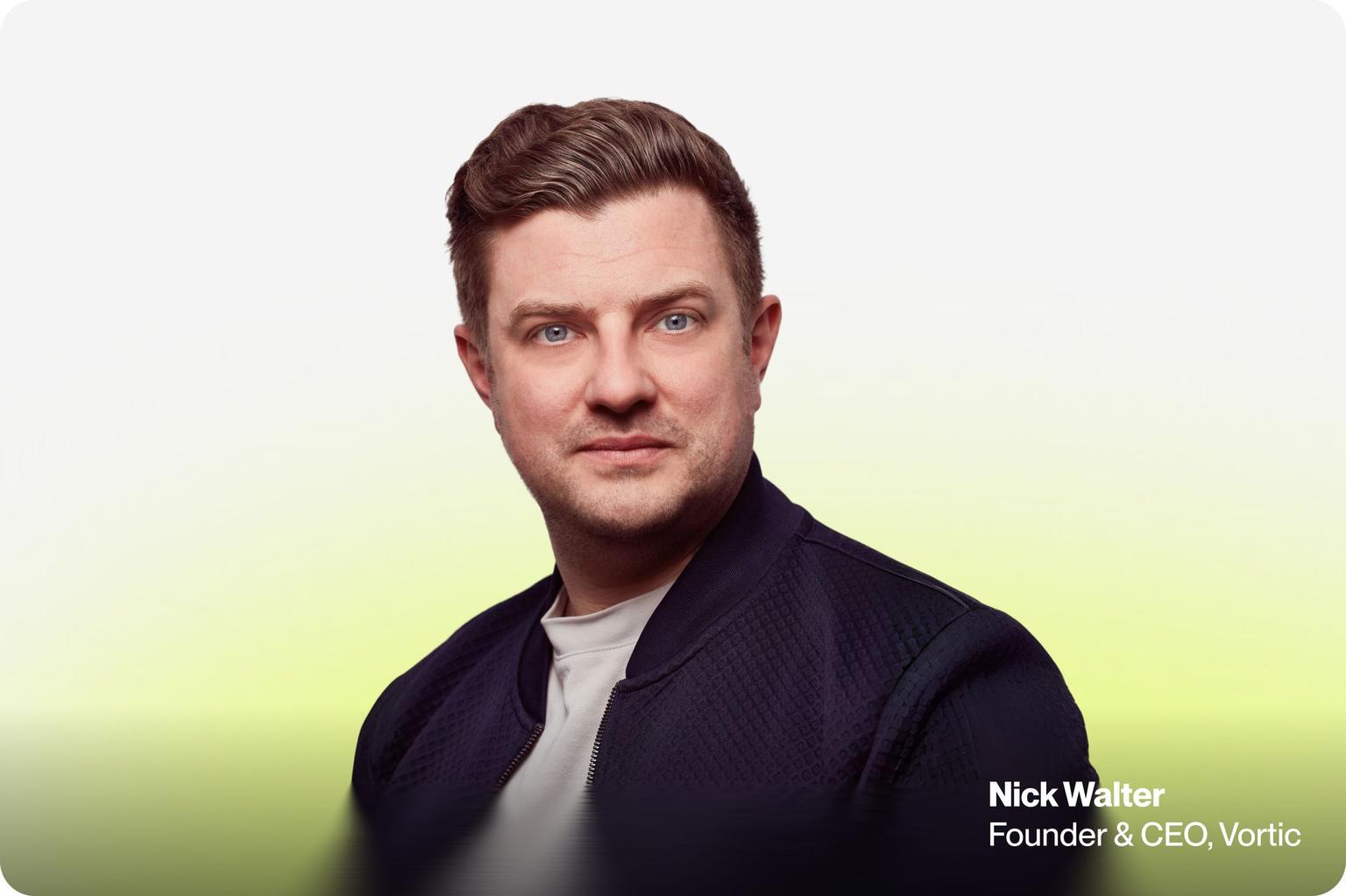How Vortic Shapes the Future of Digital Art and Sustainability
 Anna C.
Anna C. 
How Vortic Shapes the Future of Digital Art and Sustainability
- Vortic blends virtual and physical art experiences: The platform uses VR, AR, and web-based tools to create immersive, sustainable art exhibitions that connect global audiences.
- Nick Walter emphasizes sustainability and accessibility: Vortic reduces carbon emissions by up to 99.6% compared to physical exhibitions and empowers digital creators.
- The future of art is hybrid and tech-driven: AI, blockchain, and virtual tools are reshaping how artists, galleries, and collectors interact with art.
Introduction
In this transformative webinar, Nick Walter, Founder and CEO of Vortic, dives into how his platform is redefining the art world through cutting-edge technology. Interviewed by G. Fletcher, a Ph.D. researcher in digital provenance, Walter discusses innovative uses of VR, AR, AI, and blockchain to make art more accessible, immersive, and sustainable. This conversation is a must-read for digital artists, curators, collectors, and galleries seeking to adapt to the evolving art market.
Who is Nick Walter?
Nick Walter is a seasoned entrepreneur with over 15 years of experience in scaling innovative digital solutions. From social media marketing to mobile-based market research, Walter has a track record of disrupting industries. His latest venture, Vortic, was born from a desire to revolutionize the art world by leveraging technology to reduce costs, environmental impact, and accessibility barriers. Under his leadership, Vortic has become a global leader in virtual exhibitions, offering tools that allow galleries, museums, and artists to present their work in immersive, interactive ways.
Key Insights from the Conversation
1. The Vision Behind Vortic
Walter created Vortic to solve pressing challenges in the art world, including high costs, environmental impact, and limited access. He shared how the platform started with virtual reality (VR) experiences, allowing galleries to present exhibitions globally without physical shipping or setup. A collector once told Walter he struggles to connect with art through PDFs or flat websites - this inspired Vortic’s lifelike gallery simulations.
2. Sustainability as a Core Value
One of Vortic’s most transformative impacts is environmental. According to Walter, Vortic exhibitions produce 99.6% fewer carbon emissions compared to physical fairs. This aligns with global initiatives like the Gallery Climate Coalition, which encourages reducing carbon footprints in the art world.
3. AI and Blockchain are the Future
Walter predicts that AI and blockchain will further revolutionize how art is created, consumed, and transacted. He highlighted Art Basel’s AI-powered concierge app, which enhances visitor experiences by offering guided recommendations and information on artworks. He also emphasized blockchain’s role in ensuring authenticity and provenance in a digital-first art market.
4. Expanding Opportunities for Independent Creators
Vortic plans to open its platform to independent artists and creatives, providing them with tools to craft immersive virtual exhibitions. Walter envisions this democratization of technology as a way for artists to find new audiences and disrupt traditional gallery-centered models. He said, "It’s about making creativity more accessible."
Why This Approach Stands Out
What sets Nick Walter and Vortic apart is their commitment to inclusivity, sustainability, and innovation. Their platform isn’t just a tech gimmick; it’s a meaningful solution to real-world challenges faced by artists, collectors, and galleries. By prioritizing quality and user experience, Vortic offers a level of immersion and connection to art that goes beyond traditional static web galleries. Additionally, their focus on sustainability makes them a pioneer in an industry often criticized for its environmental impact.
Key Takeaways
- Immersive tech can enhance emotional connections with art: Vortic uses VR and AR to create lifelike exhibitions, making art more relatable and engaging.
- Sustainability is achievable without sacrificing innovation: Vortic dramatically reduces the environmental footprint of art exhibitions.
- AI is transforming visitor experiences: Tools like Art Basel’s concierge app demonstrate how AI can personalize and enhance cultural interactions.
- Blockchain ensures trust in digital art: From provenance to authenticity, blockchain is a game-changer for collectors and artists.
- Empowering independent artists: Vortic’s upcoming tools will enable creators to reach global audiences without traditional gatekeepers.
FAQs
Q1: What makes Vortic’s virtual exhibitions unique?
A: Vortic’s exhibitions are highly immersive, offering lifelike replicas of real galleries or conceptual virtual spaces. They allow users to explore art in VR or web environments.
Q2: How does Vortic support sustainability in the art world?
A: By replacing physical shipping, setup, and travel with digital exhibitions, Vortic reduces carbon emissions by 99.6%, making art more eco-friendly.
Q3: Can independent artists use Vortic’s platform?
A: Yes, Vortic plans to launch tools tailored for independent creators, allowing them to craft virtual exhibitions and connect directly with audiences.
Q4: How is AI being used in the art world?
A: AI enhances visitor experiences through personalized recommendations, information layers on artworks, and efficient internal processes for galleries and museums.
Q5: What role does blockchain play in digital art?
A: Blockchain ensures authenticity, provenance, and secure transactions, addressing concerns about ownership and originality in digital art.
Closing Thoughts
Nick Walter’s Vortic is not just reshaping how art is exhibited but also redefining the very infrastructure of the art world. By blending cutting-edge technology with a commitment to sustainability and accessibility, Vortic is empowering a new generation of artists, collectors, and galleries. As the digital art market continues to evolve, platforms like Vortic will be essential in bridging the gap between tradition and innovation.
Source: "Re-entering Digital: Who Will Drive the Next Big Move in Digital Art?" - digitaloriginal, YouTube, Sep 12, 2025 - https://www.youtube.com/watch?v=9wk5zmIEPlo
Use: Embedded for reference. Brief quotes used for commentary/review.



